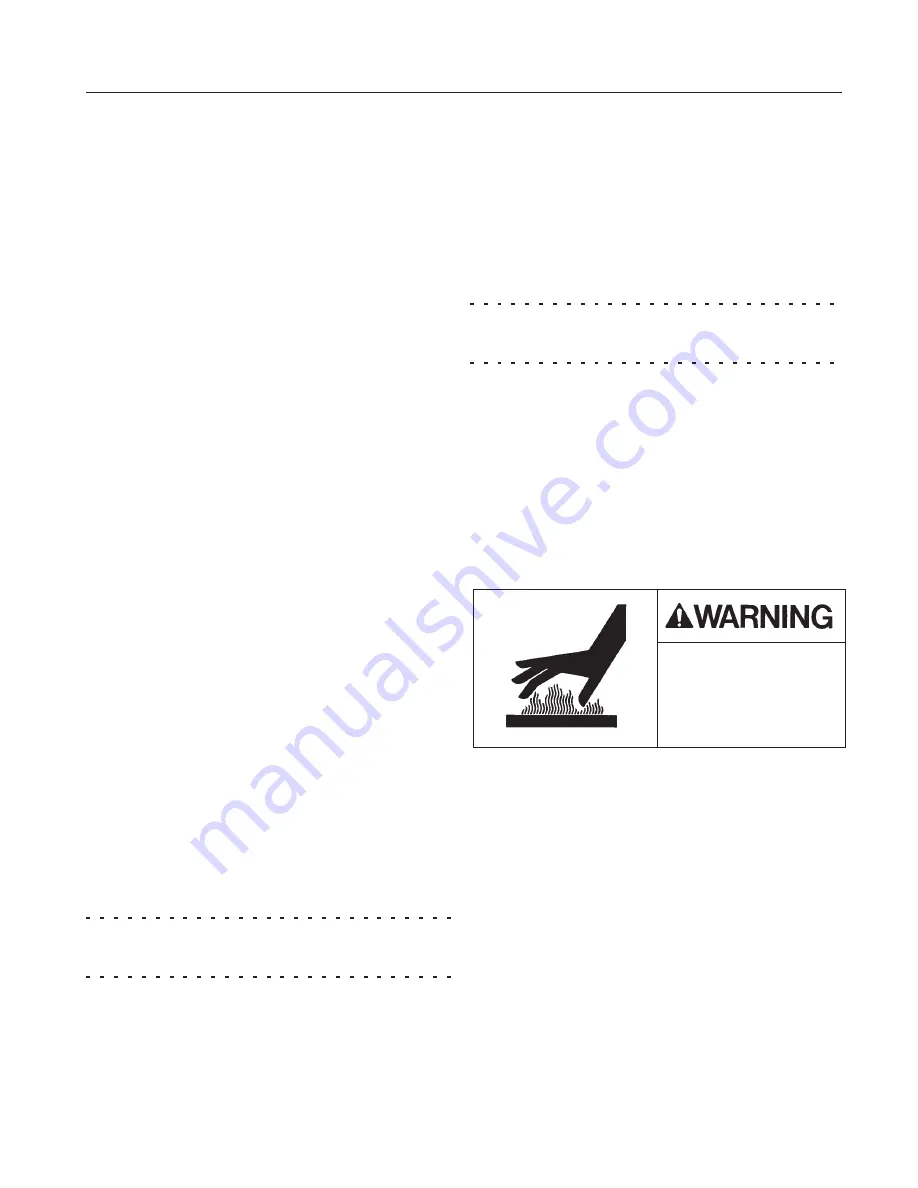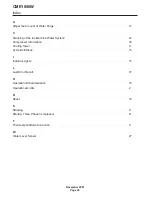
Removal and Replacement:
Discharge Line Temperature Sensor
1. Remove front panel, push and release the Off
button.
2. Remove top and left side panels.
3. Locate discharge line sensor. It is attached to
the discharge line of the compressor, 6" from the
compressor discharge port.
4. Un-snap the clip holding the sensor to the
discharge line.
5. Trace the sensor wires back to the controller,
they are plugged into #5 with the water
temperature sensor, and must be replaced with it.
6. Reverse to replace, be sure that the discharge
line sensor is 6" up from the compressor discharge
port. The discharge line sensor is marked with
yellow tape.
Note: Route wires so they do NOT contact the
discharge line.
Water Temperature Sensor
Note: This sensor is replaced as a set with the
Discharge Temperature Sensor.
1. Remove left front panel.
2. Push and release Off button.
3. Remove 1 plastic bolt and the reservoir cover.
4. Locate water temperature sensor (inserted into
pump discharge hose).
5. Pull out to remove.
6. Trace back to system controller, unplug from #5.
7. Remove the Discharge Line temperature
sensor.
8. Reverse to reassemble.
Note: Do not push sensor tip in too far. There
should be about an 1/8" gap between the tip and
the inner wall of the water discharge hose.
Important Compressor Information
The compressor should not be replaced until it has
been determined that it has definitely failed. If it will
not start check the starting components first. If the
machine has low capacity, check for proper
charge, TXV operation, hot gas valve leak thru or
inlet water valve leak thru.
The metal bracket in front of the compressor must
be removed to access the compressor.
Note: This machine uses a Copeland Glacier scroll
compressor, which has the following unique
operating characteristics:
1. Do NOT bypass the low pressure control and
operate the compressor in a vacuum. The vacuum
can cause the fusite pins to arc and fail.
Determine proper compressor operation by
eliminating other causes for low capacity: TXV, Hot
Gas Valve, or Inlet Water Valve. Finally compare
amp draw, it should be within 15% of what’s listed
on page 35.
2. Do NOT touch the top of the compressor. It is
same temperature as the discharge line!
3. Discharge and suction fittings are copper-plated
steel. Use a brazing rod with some silver content.
4. Three phase motors can operate backwards,
but this compressor can’t. See page 21.
5. The oil charge is fine if it is just below the
half-way mark on the sight glass.
6. Weigh the charge into the discharge side. The
compressor may not start if the charge is only
present on the high or low side. See page 42.
7. When recovering refrigerant, do NOT recover
only from the discharge side. Some refrigerant will
be left in the low side and will be a hazard if a
brazing torch is applied.
8. Use the metal mounts that were on the ice
machine, do NOT use the rubber mounts from the
replacement compressor.
CME1856W
November 2001
Page 39
Burn Hazard
Compressor top is HOT!
Do NOT touch






































